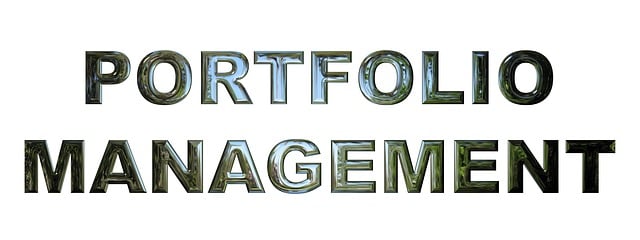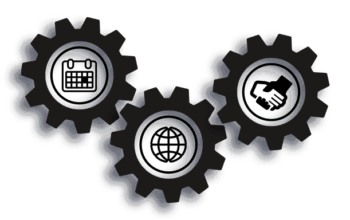Proactive property management tackles tenant turnover by prioritizing resident needs and satisfaction. Through open communication, prompt issue resolution, and personalized services, managers create a desirable living environment encouraging long-term tenancies. Data analysis plays a crucial role in tracking KPIs, enabling managers to proactively address concerns, increase satisfaction, and boost lease renewals, thus stabilizing the rental market.
In today’s competitive rental market, minimizing tenant turnover is paramount for property managers. Understanding tenant turnover rates and their significant impact on operations and financials is the first step. Proactive property management offers a game-changing strategy. By implementing key strategies focused on enhancing resident satisfaction and engagement, managers can foster a vibrant community that tenants want to call home. Continuous improvement through data analysis allows for fine-tuning these proactive approaches, ensuring optimal retention rates.
- Understanding Tenant Turnover Rates and Their Impact
- Key Strategies of Proactive Property Management
- Enhancing Resident Satisfaction and Engagement
- Measuring Success: Data Analysis for Continuous Improvement
Understanding Tenant Turnover Rates and Their Impact
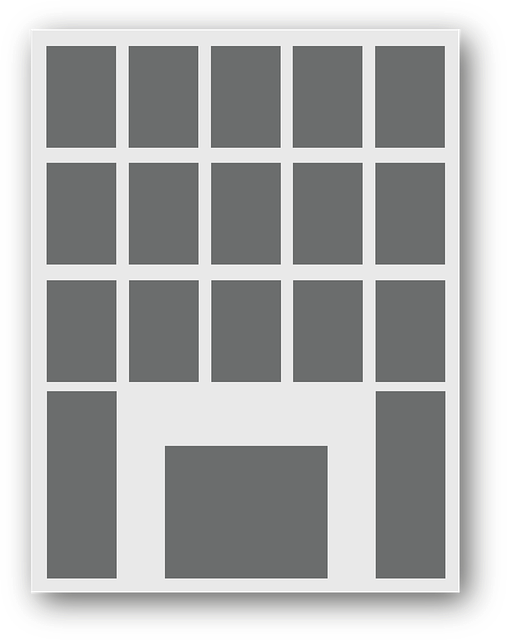
Tenant turnover rates, which represent the percentage of tenants who move out of a property within a specific period, are a critical metric in the real estate industry. High turnover rates can significantly impact property managers and landlords alike, leading to increased costs, reduced revenue, and a continuous need for new tenants. This phenomenon is often driven by various factors such as poor living conditions, inadequate maintenance, or unsatisfactory interactions with management staff.
Proactive property management plays a pivotal role in mitigating these challenges. By understanding tenant preferences and expectations, managers can create an environment that fosters satisfaction and encourages long-term tenancy. Regular communication, prompt issue resolution, and implementing tenant feedback are key strategies to enhance the overall living experience, ultimately reducing turnover rates and promoting a stable rental market.
Key Strategies of Proactive Property Management
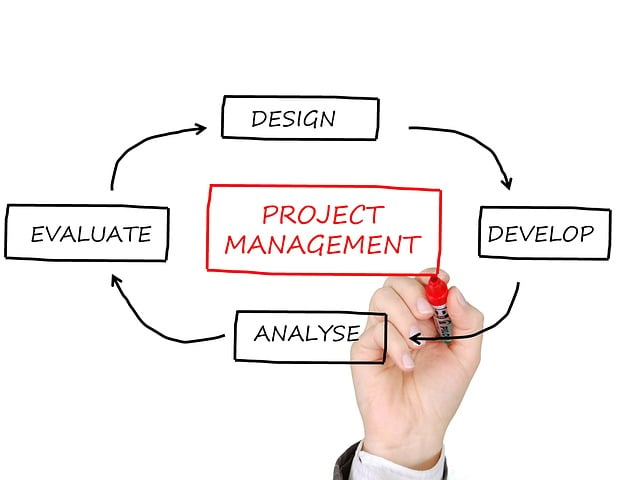
Proactive property management involves a range of strategies aimed at anticipating and addressing tenant needs before issues arise. Key among these are regular communication and open lines of dialogue with tenants, ensuring maintenance requests are promptly addressed to maintain living environments. Regular feedback sessions allow managers to understand tenant satisfaction levels and identify areas for improvement.
Additionally, proactive management includes offering personalized services such as rent reminders, lease renewal assistance, and even community engagement events. By fostering a sense of belonging and appreciation, tenants are more likely to renew their leases or remain long-term residents. This approach contrasts with reactive management, where issues are only addressed after they become problems, contributing to higher tenant turnover rates.
Enhancing Resident Satisfaction and Engagement
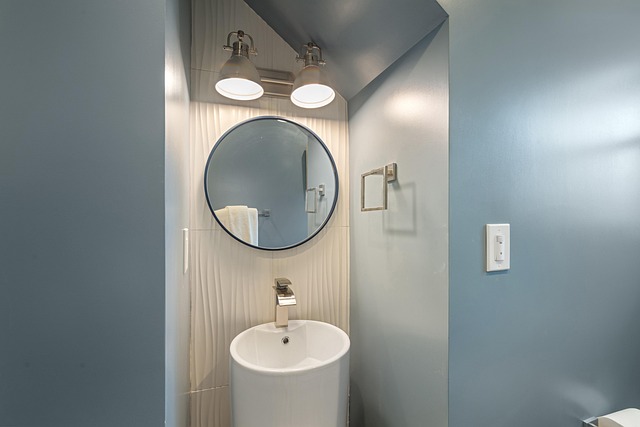
Proactive property management plays a pivotal role in enhancing resident satisfaction and engagement, which is crucial for reducing tenant turnover. By adopting a forward-thinking approach, property managers can anticipate and address resident needs before they become issues. This involves regular communication, prompt response to maintenance requests, and proactive updates on community events or changes. When residents feel heard and valued, their loyalty and commitment to the property increase significantly.
Moreover, proactive management fosters a sense of community among tenants. Organizing social events, promoting resident initiatives, and creating opportunities for interaction can build strong relationships within the neighborhood. Satisfied and engaged residents are less likely to move out, ensuring a stable tenant base for the property manager and a comfortable living environment for all inhabitants.
Measuring Success: Data Analysis for Continuous Improvement

Proactive property management relies on data analysis to measure success and drive continuous improvement. By collecting and interpreting key performance indicators (KPIs), property managers can identify trends, pinpoint areas for enhancement, and make data-driven decisions. For instance, tracking tenant satisfaction scores, lease renewal rates, and maintenance response times allows for a comprehensive understanding of the rental experience.
This data-centric approach enables proactive measures to be taken well in advance of potential issues. For example, if analysis reveals rising tenant complaints about a specific maintenance problem, managers can proactively address it before it escalates, thereby enhancing resident satisfaction and boosting lease renewal rates. This continuous cycle of collection, analysis, and action is what truly sets successful proactive property management apart.
Proactive property management is a game-changer in reducing tenant turnover. By understanding tenant turnover rates, implementing key strategies, enhancing resident satisfaction, and leveraging data analysis, property managers can create a vibrant and engaging environment that fosters long-term tenancy. Adopting proactive measures not only saves time and money but also contributes to a thriving community. This approach ensures that properties remain occupied, reducing vacancy costs and increasing investment returns.

